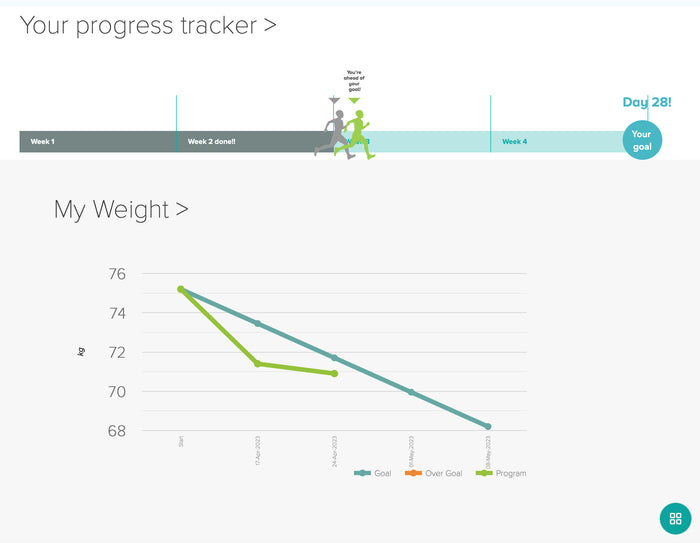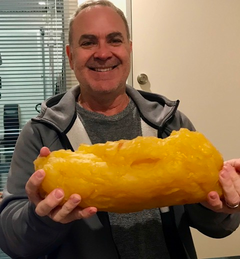Iron - (healthy range 5-30)
This is the level of Iron in the liquid portion of your blood. Being above or below the normal Iron ranges is usually dependent on the quantity of dietary Iron being consumed.
Transferrin (healthy range 2-3.6)
Transferrin is the protein in blood that transports iron around the body. This marker can help to determine iron-deficiency or iron overload.
Transferrin Saturation (healthy range 10-45%)
This is the value of serum iron divided by the total iron-binding capacity. This tells us what percentage of transferrin is still available to bind (and transport) iron, and what percentage is already bound to iron.
Ferritin (healthy range 30-300)
This is the stored form of iron. This marker can be dependent on how much dietary iron you are consuming. Too little dietary iron can result in insufficient quantities remaining after absorption/excretion, for the body to have any excess Iron to store. Excessively high ferritin levels may indicate haemochromatosis and should be investigated by your GP
Vitamin D (healthy range 50-250)
During the Summer months the ideal reading should be above 75nmol/L, and in winter, a low of 50. Low readings are common due to lack of direct sunshine and may require a dietary supplement. Persistent low levels may contribute to an impaired immune system and poor bone density.
Total Cholesterol (healthy range 0-5.5)
This is the total value of Cholesterol, which comprises three values. LDL (low-density lipoprotein), HDL (high-density lipoprotein) and VLDL (very low-density lipoprotein). Is is important to consider the radio of LDL/HDL when assessing your total cholesterol levels.
HDL Cholesterol (healthy range >1.2)
This is also referred to as the “protective or good” form of Cholesterol. HDL picks up excess Cholesterol in your blood and transports it to your liver, where it is then broken down and excreted.
LDL Cholesterol (healthy range 0.5-3.5)
This type of Cholesterol is the Atherogenic or “bad” form of Cholesterol. LDL can build up within your blood vessels and narrow the passageways. This can eventually lead to a blockage, which increases the risk of Heart Attack or Stroke.
Triglycerides (healthy range 0.2-1.5)
Triglycerides are a type of fat (lipid) that is found in your blood and elevated levels can be a marker for increased risk of cardiovascular disease.
Insulin (healthy range 0-17)
Insulin is a hormone produced in the pancreas, that helps to regulate Carbohydrate and Fat metabolism. When we eat, insulin is released into the bloodstream to help remove Glucose from the food we eat, and then store it as Glycogen or fat. When Insulin is elevated, the body is basically in fat storage mode, preventing the body from using stored fat as the main fuel source.
Glucose (healthy range 3.5-6)
This is a type of simple sugar which can be made by the body, but mostly is obtained from the food we eat. Glucose that is not needed immediately for energy is stored as Glycogen. However, when the cells are saturated with Glycogen, the excess Glucose is converted and stored as Fat.
























